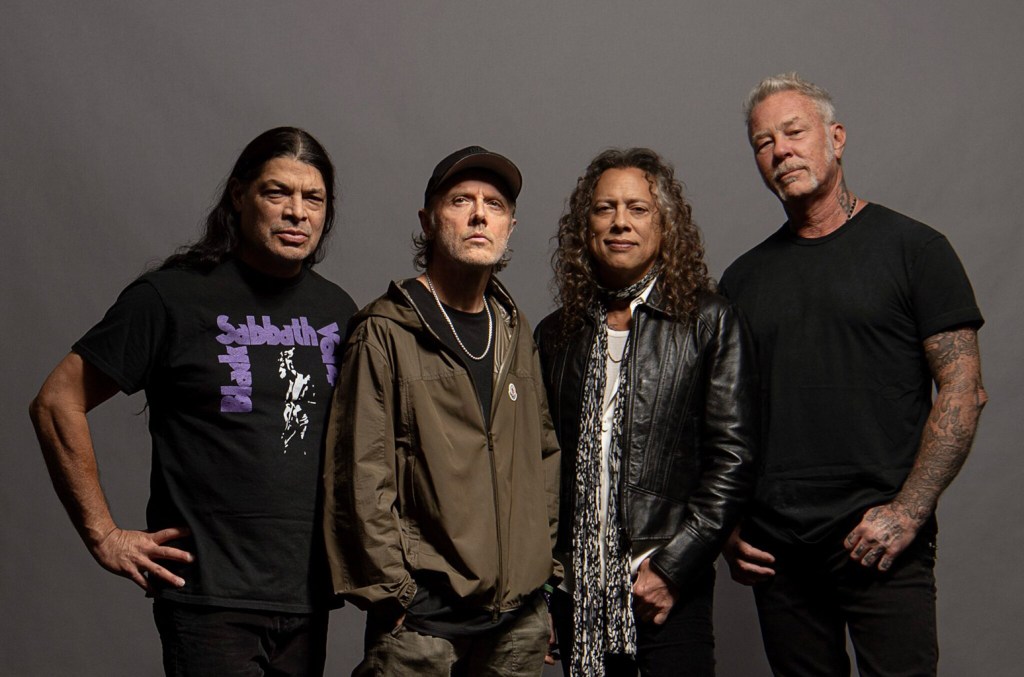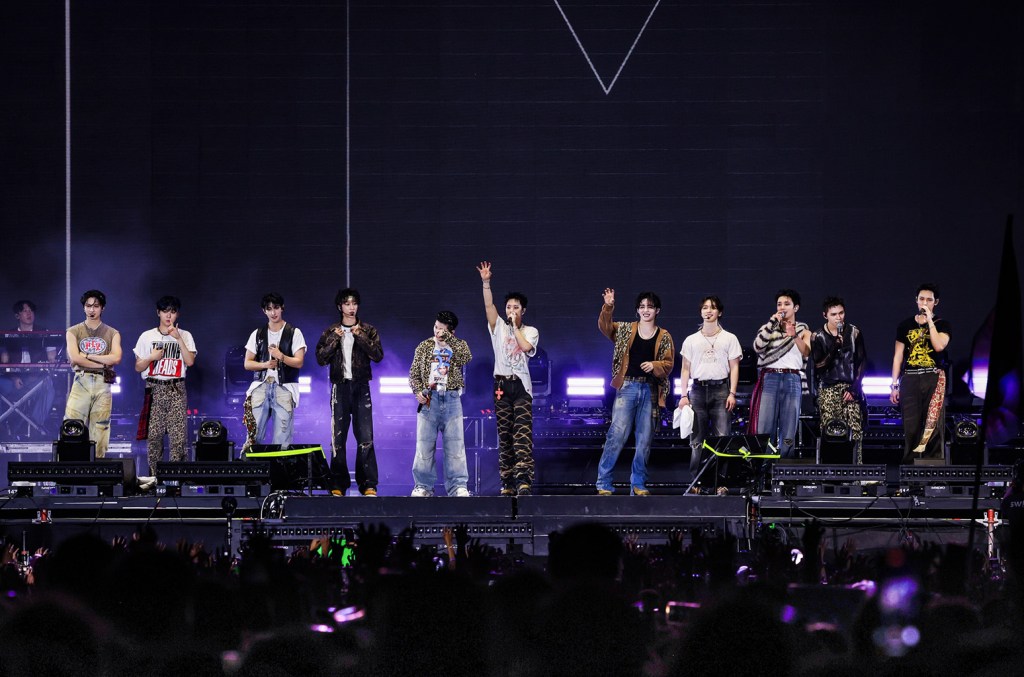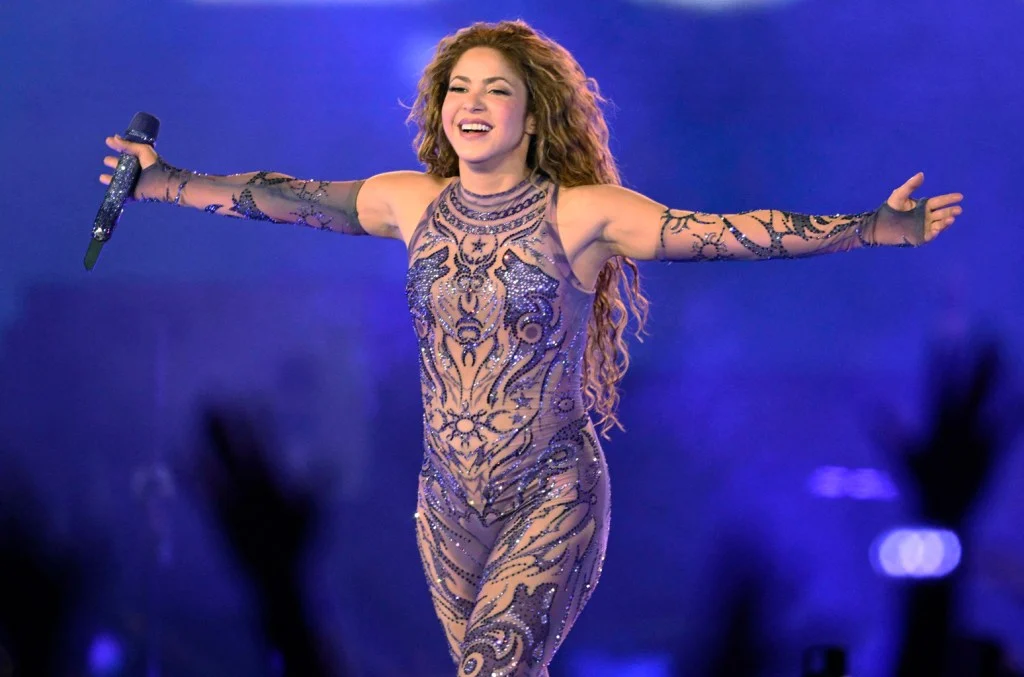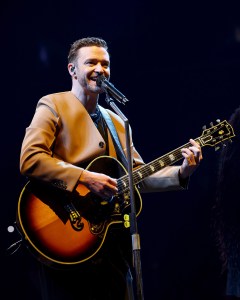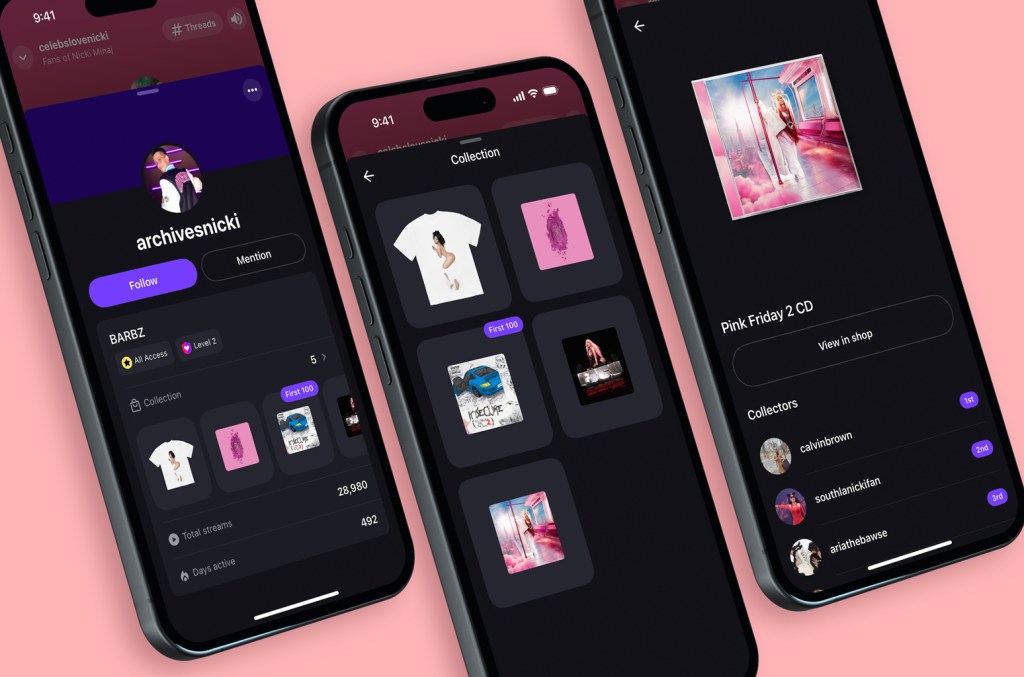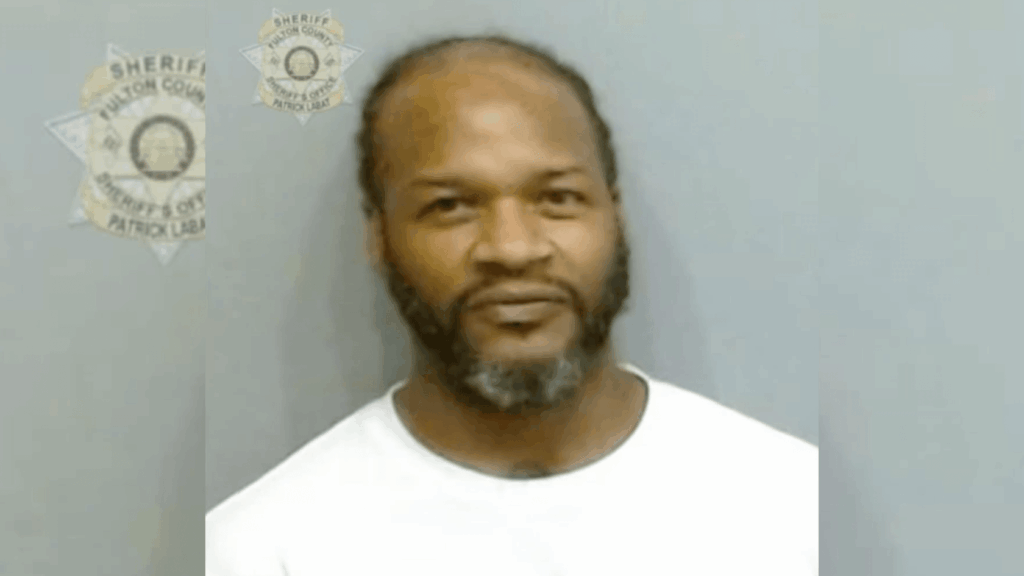News
Page: 379
Metallica are in rarified air when it comes to album sales. According to a release from the iconic metal group’s publicist, the band’s self-titled fifth album, commonly referred to as The Black Album, has been certified 20x platinum by the RIAA for sales of more than 20 million copies. The 1991 LP that earned Metallica […]
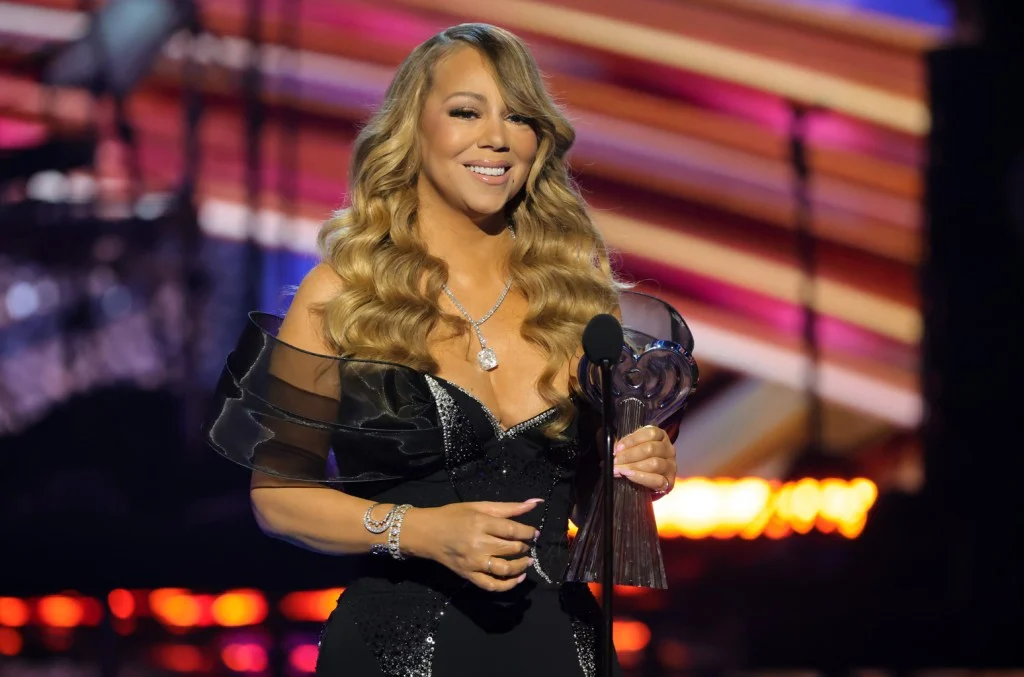
Mariah Carey, Jamie Foxx, Kirk Franklin and Snoop Dogg, will all be honored with the BET Ultimate Icon Award, “celebrating their decades of groundbreaking contributions to music, entertainment, advocacy, and community impact.”
Carey, Franklin, and Snoop are also set to perform on the show. Hosted by Kevin Hart, the 2025 BET Awards, promoted as “Culture’s Biggest Night,” will air live on Monday, June 9, at 8 p.m. ET/PT on BET.
Trending on Billboard
Franklin has won 20 Grammys, Carey has won five, and Foxx has won one. Snoop Dogg has yet to win a Grammy, despite 16 nominations. But Snoop won a Primetime Emmy in 2022 as a performer on The Pepsi Super Bowl LVI Halftime Show Starring Dr. Dre, Snoop Dogg, Mary J. Blige, Eminem, Kendrick Lamar, 50 Cent, which was voted outstanding variety special (live). Foxx won an Oscar in 2005 for his lead role in the 2004 biopic Ray. Foxx also hosted the BET Awards twice, in 2009 and 2018.
Previous Ultimate Icon Award recipients are Janet Jackson (2015), Deborah L. Lee (2018), and Tyler Perry (2019).
As previously announced, Lil Wayne, Teyana Taylor, GloRilla, Playboi Carti and Leon Thomas will perform at the 2025 BET Awards. More performers are expected to be announced.
Kendrick Lamar leads the 2025 BET Awards nominations with 10 nods. Doechii, Drake, Future and GloRilla are tied with six nods. Metro Boomin earned five, followed by SZA and The Weeknd, with four nods each.
As previously announced, BET will celebrate the 25th anniversary of the music video countdown show 106 & Park with a tribute. Former hosts AJ Calloway, Free Marie Wright, Julissa Bermudez, Keshia Chanté, Rocsi Diaz, and Terrence J will reunite on stage for a nostalgic celebration. The tribute will feature performances from previous host, Bow Wow, as well as Amerie, B2K, Jim Jones, Mya, T.I., and more.
Culture’s Biggest Week returns with BET Experience 2025 (BETX), two days of immersive fan-focused events on Thursday, June 7, and Sunday, June 8, ahead of the 2025 BET Awards.
On Wednesday (May 28), Billboard revealed its midyear Boxscore charts, celebrating the top-grossing and best-selling artists, venues, and concert promoters around the world between Oct. 1, 2024, and March 31, 2025. Amid the pop, rock, R&B and Latin acts that blanket the Top Tours ranking, an unprecedented string of K-pop artists are in the mix, with five such acts among the all-genre top 50.
SEVENTEEN leads the pack, as it did for K-pop on midyear recaps for 2024 and 2023. But after grossing $30 million on the 2023 list, and $67.5 million for 2024, the group is No. 3 on the overall tally with $120.9 million and 842,000 tickets sold, according to figures reported to Billboard Boxscore. The group is sandwiched between Shakira at No. 2 ($130 million) and Eagles at No. 4 ($112.2 million).
SEVENTEEN is the highest-ranking Korean act ever on the all-genre midyear list, surpassing BTS’ No. 4 rank in 2022. BTS did manage a matching No. 3 rank on 2019’s year-end tally, but hadn’t played enough shows in the first half of that chart year to appear on the midyear chart.
Not only has K-pop’s top artist essentially doubled its midyear gross for the second consecutive year, but the bench is deepening. This year’s all-genre top 50 includes five K-pop acts, up from three in 2023 and 2024, and two in 2022. The threshold for K-pop’s top five is $25.1 million at the midyear point – this time last year, it was $3.1 million.
After SEVENTEEN, ATEEZ and J-Hope are next at Nos. 2-3 on Top Tours by Genre (K-pop), each with earnings of more than $28 million. The latter is the first K-pop soloist to make the midyear overall Top Tours chart, though he previously was included with his fellow BTS bandmates. ENHYPEN and TOMORROW X TOGETHER round out the list, also within a couple percentage points of one another above the $25 million mark.
These four groups and one soloist made their millions while proving the international strength of Korean artists. During the six-month tracking period, they toured arenas and stadiums throughout Asia (SEVENTEEN, J-Hope, ENHYPEN and TOMORROW X TOGETHER), Europe (ATEEZ and TOMORROW X TOGETHER), Mexico (J-Hope) and the U.S. (SEVENTEEN and J-Hope).
Altogether, K-pop acts on the midyear Top Tours chart brought in a collective $228 million and sold 1.6 million tickets from 78 shows. That marks a 79% increase over the genre’s 2024 showing, which itself was a 93% jump from 2023. In just two years, K-pop has more than tripled its presence on the midyear chart.
Scroll down for details on the top five K-pop acts on Billboard’s midyear Boxscore report. The midyear tracking period covers all reported shows, worldwide, between Oct. 1, 2024, and March 31, 2025.
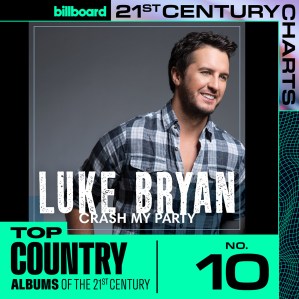
Chris Stapleton’s 2015 LP Traveller reigns as the No. 1 country album on Billboard’s recap of the first 25 years of the 21st century, as it crowns Billboard’s Top Country Albums of the 21st Century chart. The 100-position ranking is based on performance on the weekly Top Country Albums chart from the start of 2000 through the […]
Source: Allika / Getty
Cryptocurrency crime is on the rise. Two men allegedly kidnapped and tortured an Italian millionaire over the digital currency.
As reported by Newsweek, a man was lured back from Italy into the United States by former business partners only to be subjected to being held against his will and other forms of abuse. The victim claims that he was held captive since May 6 by John Woeltz and other individuals. While under captivity he says he was physically assaulted, shocked with electrical wires, forced to use cocaine and was also psychologically tortured. The victim also claims he was threatened with a gun and was also hung off a roof after he refused to give the suspects his Bitcoin password.
Luckily, the 28-year-old man was able to escape on what he had been told would be his last day alive. On Friday (May 23), around 9:30 a.m. he made his exit out of the ritzy lower Manhattan residence and was able to find an on-duty traffic officer who offered him immediate assistance. The victim was eventually admitted to Bellevue Hospital where he was listed in stable condition. Since then local police have investigated the matter and have charged John Woeltz with second-degree assault and one count each of first-degree kidnapping, first-degree unlawful imprisonment, and criminal possession of a firearm.
Beatrice Folchi, Woeltz’ assistant, has also been charged with kidnapping and unlawful imprisonment. The New York Post caught up with her and while she did not have much to say about the open case, she explained that she had not been arrested and that “everything is going to be told but with a lawyer.”
The third suspect has since turned himself in. According to AP News, William Duplessie surrendered himself to police on Tuesday (May 27). The 32-year-old is also a cryptocurrency investor who is said to have spent his holiday weekend in the affluent Hamptons area. Duplessie has been charged with assault, kidnapping, unlawful imprisonment and criminal possession of a firearm.
HipHopWired Featured Video
On Wednesday (May 28), Billboard revealed its midyear Boxscore report, tracking the top touring artists, concert venues and promoters around the world. From October 1, 2024, to March 31, 2025, the midyear recap focuses on the biggest tours from the end of 2024 and beginning of 2025, before global stadium tours and music festivals take over the summer.
The animated graphic below shows how the top 10 tours have shaped and shifted over this six-month period.
The immediate leader was Paul McCartney. The legendary Beatle played a sold-out stadium show in Montevideo, Uruguay on the first day of the tracking period, bringing in $4.5 million from 37,573 tickets sold. Later that week, he had two dates at Estadio River Plate in Buenos Aires, adding $20.6 million and 128,000 tickets to his totals.
But by October 9, Bruno Mars stole McCartney’s thunder. Four shows deep into a six-night run at Sao Paulo’s Estadio do Morumbi, Mars’ $28.2 million surpassed McCartney’s $25.1 million. These early shows, plus Luis Miguel’s seven nights in Mexico City and Aventura’s stadium shows in Argentina and Peru, helped establish Latin America as live music’s center of gravity for the early days of the 2025 Boxscore tracking period.
Before the end of October, estimates for Taylor Swift’s The Eras Tour overtook Mars, McCartney and everyone else, as she began the final leg of her record-breaking two-year trek. While overall tour gross and attendance was reported by The New York Times, show-by-show data has still not been reported to Billboard Boxscore. Therefore, Swift remains absent from official midyear charts and her specific grosses in this time period have not been officially submitted.
Swift stays on top throughout the rest of the video, ultimately grossing an estimated $250 million in the tour’s final months in the U.S. and Canada. But the top 10 continued to fluctuate with November and December shows from Aventura, P!nk and Usher.
After bouncing around the top five in the late months of 2024, Coldplay asserted itself under Swift in January. The band played shows in the United Arab Emirates and India, breaking stadium attendance records for the 21st century with its two nights in Ahmedabad, India (more than 111,000 tickets each show).
Late-in-the-game moves come from K-pop boy band SEVENTEEN and Latin pop icon Shakira. Both artists grossed more than $100 million by the end of March, with Shakira banking her entire $130 million in just the last two months of the tracking period.
Coldplay, Shakira, Eagles, and Usher have all had reported shows in April and May that set them up for bigger totals by year-end. And the last few weeks have seen the kick-off for major tours by Beyoncé, Lady Gaga, Kendrick Lamar & SZA and Post Malone. By the end of 2025, this top 10 will likely get shaken up several times over.
Most people wouldn’t expect to see pillows passed around a Dead & Company concert.
But for Bernie Cahill of Activist Artists Management — the firm that manages Bobby Weir, a founding member of the Grateful Dead and frontman of Dead & Company (which Cahill co-manages with Irving Azoff and Steve Moir) — the decorative pillows, handed out to fans with floor tickets during the band’s nightly performance of “Drums/Space” at its Sphere residency, serve an important purpose. Those on the floor are encouraged to lie down and gaze up at the cutting-edge venue’s towering screen, which during the instrumental segment often displays imagery of the cosmos; at other points during the band’s Dead Forever shows, audiences take in visuals from the San Francisco Bay Area to psychedelic animations.
Thanks to its massive video screen, its booking of superstar acts and its aggressively high ticket prices, Las Vegas’ Sphere — where Dead & Company alone grossed $21.6 million from six concerts in March, when it resumed shows there following a successful run last year — is again the world’s top-grossing building, according to figures reported to Billboard Boxscore. It surpasses the top stadium (Mexico City’s Estadio GNP Seguros) and two iconic New York venues (Madison Square Garden and Radio City Music Hall) with a $165.3 million haul at midyear, which spans from Oct. 1, 2024, to March 31, 2025.
Sphere’s economic power isn’t in its show count — at midyear, the venue has hosted only 42 dates, including other residencies by the Eagles and dance artist Anyma — but in its average ticket price, which at $238 is roughly double those of Madison Square Garden ($133) or London’s O2 Arena ($105). While much of the music industry debates rising ticket prices, Sphere has shown there’s a vibrant market ready to pay a premium for special experiences delivered by top talent.
A DOWNWARD TREND: This year’s midyear charts are down significantly compared with 2024: Last year, the top 10 tours at this time had a combined gross of $1.4 billion, while in 2025, the top 10 outings have grossed a combined $1 billion, a drop of more than 28%. Among the top 50 tours, the combined gross disparity was less stark but still notable, going from $3.2 billion in 2024 to $2.5 billion in 2025, a drop of about 21%.
But this shift doesn’t necessarily signify weakness in the market. The main reason was show count: There have been fewer concerts in 2025 at the midyear point than there were in 2024. In 2024, the top 10 tours at midyear reported a combined 442 total shows for the period, compared with 245 in 2025, a 45% decline. For the top 50, the 1,425 shows reported in 2024 fell to 1,159 in 2025, a drop of 18.7%. On Billboard’s Top Promoters chart, Live Nation’s grosses were down to $2.2 billion in 2025 from $2.8 billion in 2024. But because shows are booked months, or sometimes over a year, in advance, changes in the number of total shows don’t reveal much about consumer spending or demand in early 2025.
The decline partially stems from timing. During a recent earnings call, Live Nation president/CEO Michael Rapino noted that more artists are waiting until the second and third quarters to launch their tours — and with more acts playing stadiums in 2025, more major tours are on the road in the summer, when the weather is better. The 2025 show count should increase in the next six months, which historically covers the busiest part of the year, especially in North America.
Importantly, last year’s touring numbers at midyear were unusually high thanks to U2’s venue-opening Sphere residency, which grossed $231.6 million from 38 shows during that time. That tracking period also included dozens of concerts from three major tours (Madonna, P!nk and Luis Miguel) that led to a high show count.
CHART STATS: Three acts in the 2025 midyear top 10 — Coldplay, P!nk and Eagles — also appeared in last year’s midyear top 10. And three more among the top 10 — Paul McCartney, Bruno Mars and SEVENTEEN — ranked among the top 20 at midyear in 2024. But there are some notable differences in the music genres atop the chart.
After three Latin tours reached the top 10 at midyear in 2024, only Shakira has done so in 2025. And after Travis Scott ranked No. 9 at midyear in 2024, no hip-hop artists cracked the top 10 in 2025. The highest-ranking hip-hop tour at midyear is Tyler, The Creator, who is No. 16 with $65.3 million grossed.
When it comes to ticket prices, Eagles at Sphere had the highest average price among the top 10 tours of $285 per ticket, followed by Usher, who charged an average of $179, and P!nk, whose tickets averaged $174.
The cheapest tickets among the top 10 tours were for Coldplay ($109), Mars ($118) and McCartney ($129). On average, the ticket price of the top 50 tours was $130, down 10% from 2024. On the Top Tours chart, 10 acts had an average ticket price that was under $100: Aventura ($99), Sebastian Maniscalco ($98), André Rieu ($94), Deftones ($88), Iron Maiden ($85), Trans-Siberian Orchestra ($84), Nick Cave and The Bad Seeds ($84), Cody Johnson ($77), Feid ($77) and Strait ($49).
THE TOP 10: Keep scrolling for details on the top 10 touring artists of Billboard’s midyear Boxscore period, tracking all shows worldwide from Oct. 1, 2024, to March 31, 2025.
Justin Timberlake
Image Credit: Kevin Mazur/Getty Images

Source: Tom Williams / Getty
Rep. Jasmine Crockett, one of the few Democratic leaders who is consistently willing to call out the absurdity of President Donald Trump without pulling punches and mincing words, is asking when someone is going to get the president the mental help he truly needs after he delivered a comically ridiculous commencement speech at the U.S. Military Academy at West Point over the weekend.
While speaking to graduating cadets, the commander-in-chief used his time on stage to air out grievances and rifle through right-wing talking points, completely politicizing the event and, as usual, making it all about himself. Instead of following the tradition of acting as a president for all Americans, Trump decided to turn the commencement speech into an impromptu Fox News-style segment where he ranted against “drag shows,” boasted that he “liberated our troops from divisive and demeaning political trainings,” and declared that there will be “no more critical race theory or transgender for everybody.”
Oh, and he also randomly ranted about “trophy wives,” golf and some nonsense about Al Capone.
Well, Crockett, for one, is over it.
“I am tired of it,” Crockett said during an appearance on MSNBC on Suday. “I mean, he literally sounds like someone who is broken out of the insane asylum. Like, he just be all over the place. Like, get him some ADHD medicine, if nothing else, because I don’t know where he’s ever going to go,” she continued.
“And I don’t think that those that have gone through West Point expected to have their commander-in-chief address them and start talking about trophy wives or start talking about how he had so many investigations. What a great reminder that you are not qualified to be the person that potentially will command us as troops to go into war. Like, that is not instilling confidence whatsoever. And honestly, our troops deserve better. Our graduates deserve better. We as a country deserve better.”
Trump was on one for the entire Memorial Day weekend, actually. Most presidents, when wishing America a happy Memorial Day, would stick to politically neutral comments that focused on military personnel who died serving their country.
Most presidents.
Here’s y’all’s president on Memorial Day.
So, yeah — perhaps, once again, Rep. Jasmine Crockett is right.
HipHopWired Featured Video
Stationhead announced the launch of a new feature on Wednesday (May 28): Collections, which allows users to show off the physical and digital merchandise that they have bought through the fandom platform.
“We were inspired by what fans were already doing,” Ryan Star, founder and CEO of Stationhead, said in a statement. “They would post receipts to prove they were there first — that they didn’t just show up late to the party. We wanted to honor that devotion and make it more fun, meaningful, and permanent.”
Stationhead debuted in 2017 as an app that allowed Spotify subscribers to transform their playlists into personalized radio stations. “It turns everybody into a DJ, basically,” Troy Carter said at the time. “You can play music, you can go live, there’s a great flow and people are commenting — it’s almost as if you took Facebook Live and layered it onto the platform.” When the civilian-turned-DJ played music, every listener also streamed it on their Spotify account, so the streams counted towards the charts.
Trending on Billboard
In January 2023, the platform added “channels,” rooms dedicated to the fanbases of specific artists. A year later, when “superfan” became the buzzword of choice for the major labels, Stationhead was well positioned to take advantage of additional interest.
The company says it now has 20 million users, and half of them are between 18 and 25. It makes money primarily from taking a portion of downloads that are sold through the platform.
The rollout of Collections follows close on the heels of another new initiative, Stationhead Shop, which launched in March, allowing artists to sell their merch on the platform through an integration with Shopify.
The goal of Stationhead Shop, Star explained, was twofold: To “combine the excitement of the merch booth with the scale and social currency of a gaming platform,” while also providing artists with another way “to monetize and build direct relationships with their most passionate and loyal fans.”
After fans buy something, they now have the ability to flaunt their purchase. “In a world where your online identity matters, this is how fandom shows up,” Star added. “If Roblox and Fortnite taught a generation to express themselves through virtual skins and items, we see Stationhead Collections becoming that for music.”
R&B singer Jaheim, best known for his success in the early 2000s, is facing renewed legal trouble after being arrested on May 1st in Fulton County, Georgia.
He is now charged with six counts of animal cruelty, marking his second arrest for similar offenses in recent years. Authorities claim that several dogs in Jaheim’s care were kept in unacceptable conditions, lacking clean water, proper air circulation, and sanitary environments. The dogs, identified as Tweet, Tip, Taka, Tink, Timber, and Tanger, include four Pit Bull Terriers, a French Bulldog, and a mixed-breed hound.
The NJ singer was taken into custody but released the following day.
This recent arrest comes nearly four years after a previous incident in 2021, when police in Hillsborough, New Jersey, discovered a disturbing scene at his residence. During that investigation, officers found 15 dogs living in poor conditions, with several confined to outdoor crates filled with waste. One of the animals was so severely neglected that it had to be put down.
Inside the home, law enforcement found additional dogs that were malnourished and had no access to food or clean water.
The repeated nature of these incidents has sparked outrage among animal rights advocates, who are calling for stronger accountability. Once celebrated for his soulful voice and chart-topping hits, Jaheim is now drawing public scrutiny for his ongoing legal battles involving the treatment of animals. As the case unfolds, many are left wondering whether he will face harsher consequences this time around.
HipHopWired Featured Video

 State Champ Radio
State Champ Radio 